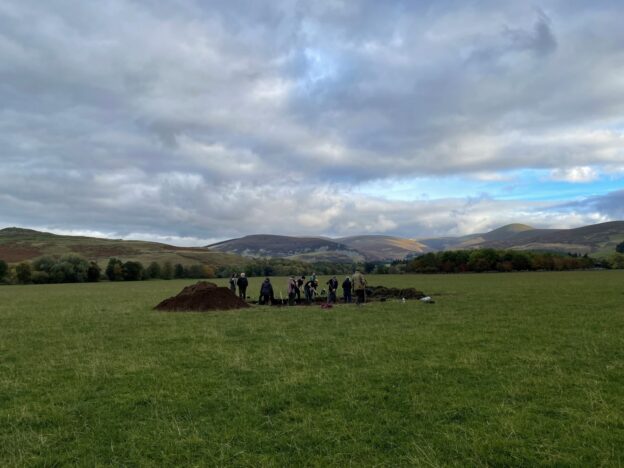Over two weeks in October 2022, a team of volunteers led by GUARD Archaeologists excavated the Thirlestane Barrows, just to the south of Broughton in the Scottish Borders. This site was only discovered in the summer of 2018 when cropmarks were spotted from a nearby hillside by a local resident.
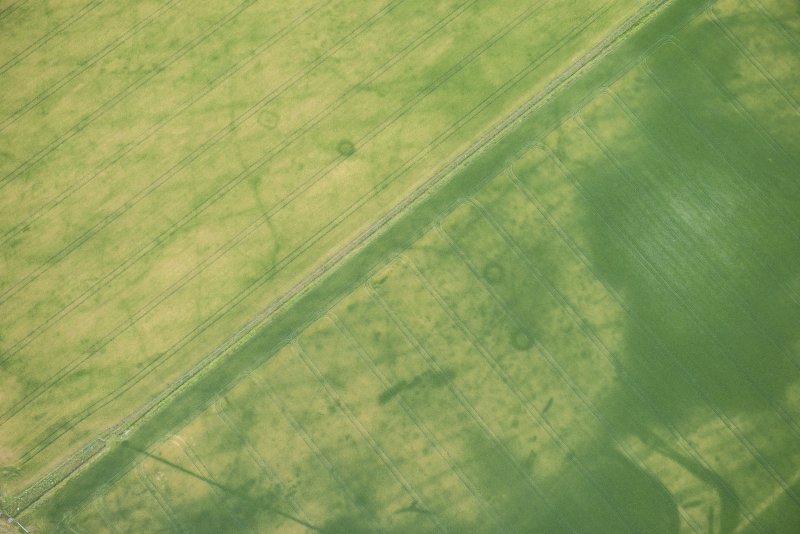
An aerial photographic survey further revealed that these cropmarks included at least four barrows, split between two fields. Three of these barrow cropmarks comprise circular ditches enclosing a small area with a central feature. The fourth barrow cropmark comprises a square shaped ditch enclosing a small area containing a central feature. Where sites such as this have been excavated, the central feature is a grave, which was originally buried beneath a small mound of earth cast from the enclosing ditch. However, ploughing over the subsequent centuries has removed the mound, leaving only the buried archaeological remains, which are often only visible from the air.

Initiated by the Arthur Trail Association, this is the second site to be investigated in the Drumelzier’s Hidden Heritage project looking at the Dark Age landscape of Upper Tweeddale. The Thirlestane investigation got underway with a geophysics survey led by Magnitude Surveys, which revealed two round barrows in one field but not in the other field.
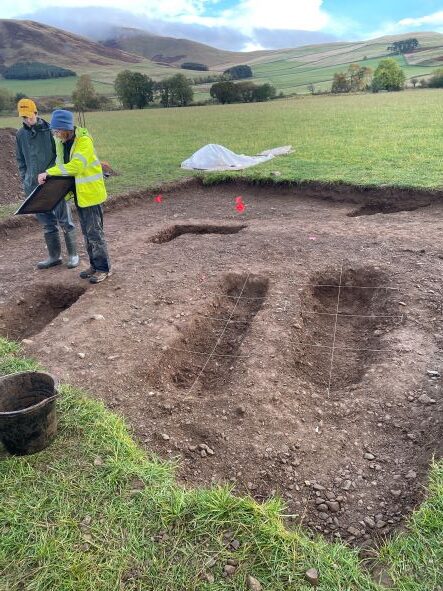
The volunteers, drawn from Peeblesshire, Biggar, Midlothian, Glasgow, Inverclyde and Perth, then began their excavation revealing the remains of the square barrow, the first such barrow to be excavated in southern Scotland. The square barrow contained at least two graves, though no skeletal remains survived. The graves were aligned east/west, which adheres to early Christian customs. These types of barrow graves are more common north of the Forth where they have been dated to the early medieval period and it may be that the Thirlestane square barrow is early medieval too, perhaps the graves of some of the inhabitants of Tinnis Castle Fort, which they excavated earlier this summer.
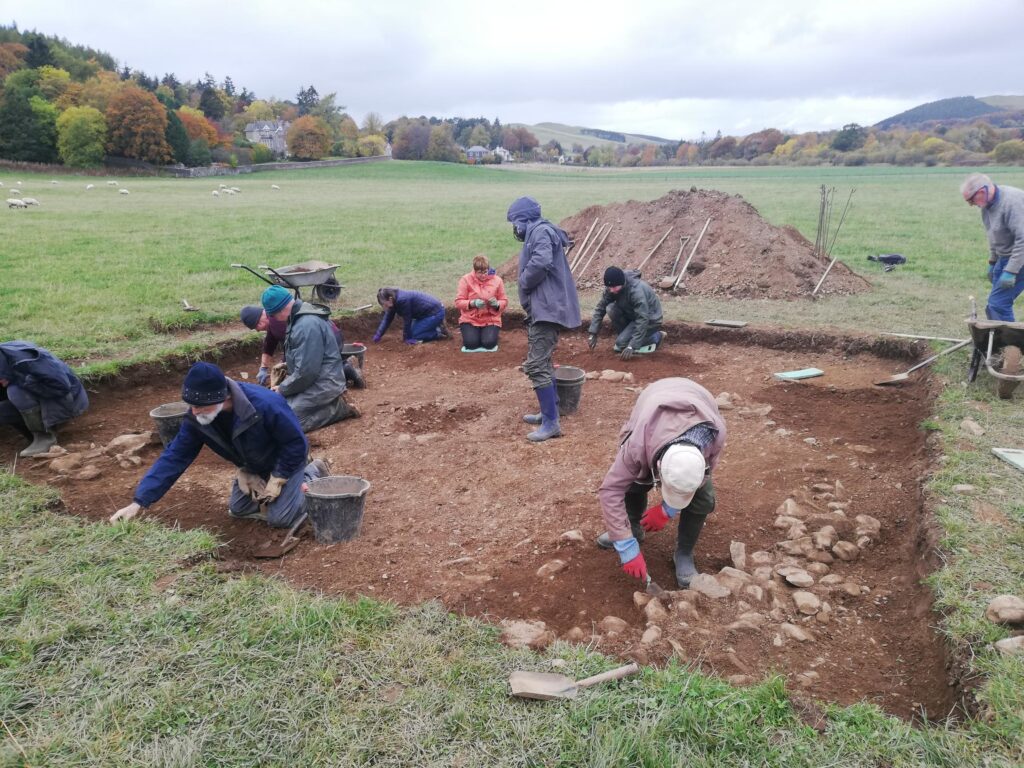
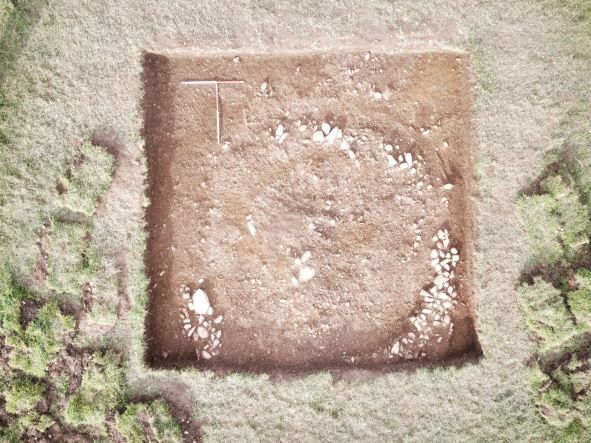
But that’s not all the secrets that the Thirlestane Barrows have given up. After completing the excavation of the square barrow, the team moved on to investigating one of the round barrows in the other field. This revealed a small grave containing multiple cremation burial, dating to the Bronze Age. One of the cremations was laid to rest in a bucket urn, which was lifted in its entirety and taken back to GUARD Archaeology’s Finds Lab for delicate excavation. It may turn out during post-excavation analyses that the square barrow was a later addition to an existing cluster of prehistoric barrows that perhaps had stories of their own.
Check out the project’s fieldwork and post-excavation progress: dark-age-digs.com
For more information: www.facebook.com/groups/darkagedigs
The project is funded by:


